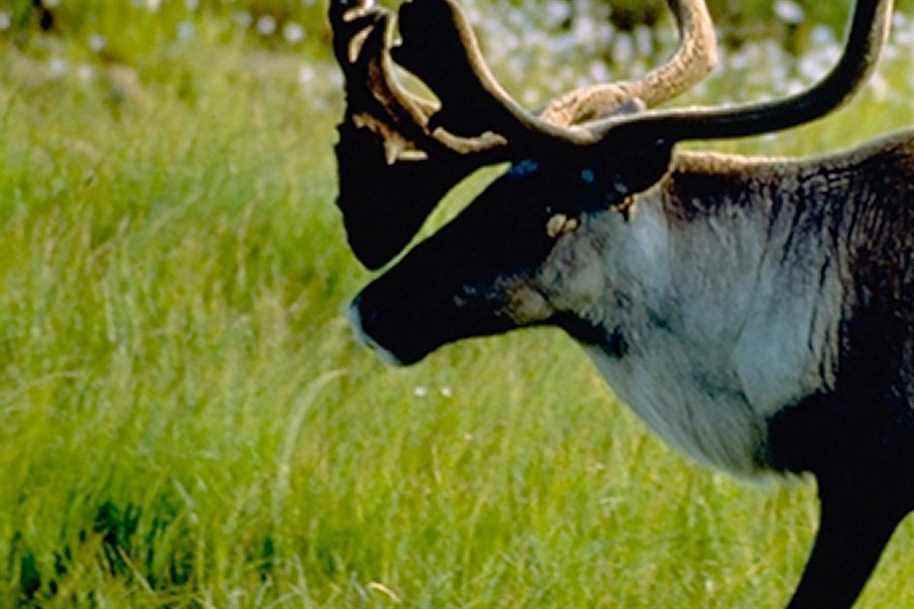Posted at 5:00 a.m.
Unless there is a real strategy to restore the habitat of woodland caribou, the enclosures built by the Quebec government to house them will become “death places” for this endangered species, argues an expert.
In Charlevoix and Gaspésie, the majority of caribou will be captured and sent to developed enclosures, the Ministry of Forests, Wildlife and Parks (MFFP) confirmed on Wednesday. The Ministry made the announcement during a technical meeting intended for the media where the details of the enclosure projects in Gaspésie and Charlevoix and the expansion of the one in Val-D’Or, in Abitibi, were presented.
According to the latest surveys, there are about twenty caribou left in Charlevoix and at most 40 individuals in Gaspésie. The last seven in Abitibi are already in a paddock that will be expanded in Val-d’Or.
This decline is largely attributable to the disturbance of the deer’s natural habitat due in particular to logging.
Cuts in older forests favor the arrival of predators of the species, including wolves and black bears. The enclosures, the details of which were unveiled on Wednesday, will in principle protect captive caribou from predators.
“A temporary solution”
These enclosures were presented by the MFFP as a “temporary solution to curb the decline of isolated populations of woodland and mountain caribou in Val-d’Or, Charlevoix and Gaspésie”. “It’s an ultimate protective measure,” said biologist Mélissa Chatelain, project coordinator at the MFFP.
The Ministry was not able to specify the duration of caribou captivity, except in the Gaspé, where the enclosures will be used mainly for females who must give birth, before the animals are released later.
According to biologist and researcher Martin-Hugues St-Laurent, if these enclosures prove to be “an essential solution” in the short term, the operation will be a failure if the caribou habitat is not restored.
If we don’t do anything else, it will just be a place where people will be sent to end their days.
Biologist Martin-Hugues St-Laurent
However, the MFFP plan for the recovery of woodland caribou expires in 2023 and no new plan has yet been planned for this purpose by the Government of Quebec. The Minister of Forests, Wildlife and Parks, Pierre Dufour, announced last fall the creation of a commission that will hold public hearings this winter before making its recommendations to the government, which can then adopt a strategy to protect the caribou. An operation that only serves to buy time to delay the unveiling of such a strategy, believes Mr. St-Laurent. “All we do is go back and better understand a situation that we already understand well. »
Designed “to last a long time”
At the same time, the MFFP admitted on Wednesday that the new enclosures were designed “to last a long time”. For the enclosures alone, the total costs of the operation are estimated at approximately $3 million, figures which do not take into account annual maintenance.
The longer the captivity, the more difficult it will be to release these caribou into the wild. Among young caribou born in captivity, for example, we have observed greater “naivety,” notes Martin-Hugues St-Laurent. “They are more vulnerable to predators. »
“It will take decades to restore caribou habitat,” concludes the biologist. There are things you can do, but you have to start quickly. »
12.8 hectares
The area of the Val-d’Or enclosure will be added to the one already in place, which totals 1.7 hectares.
3.66m
The fence surrounding the Charlevoix enclosure will be 3.66 m high. The enclosure itself will have an area of 20 hectares.
In Gaspésie, there will be two enclosures with an area of 15 hectares each, one at Mount Albert and the other at the McGerrigle site.
Source: Ministry of Forests, Wildlife and Parks

